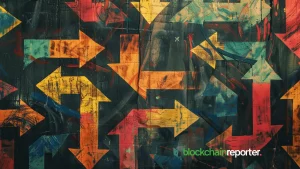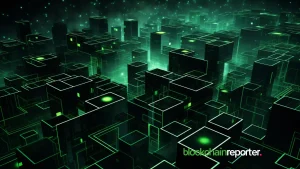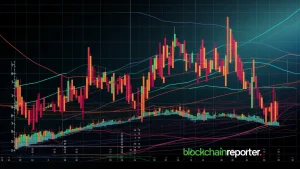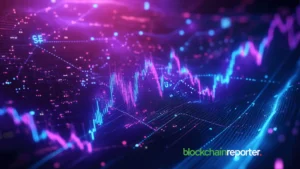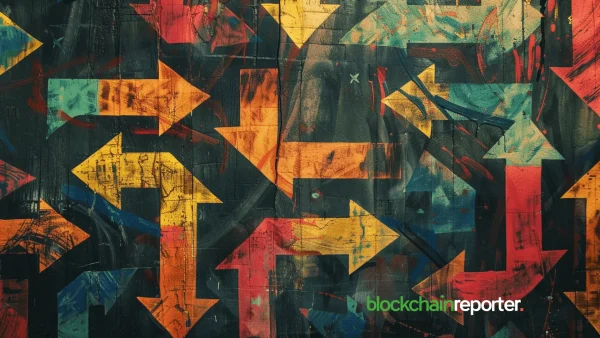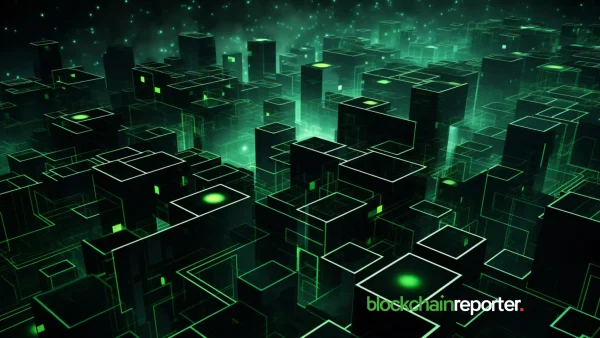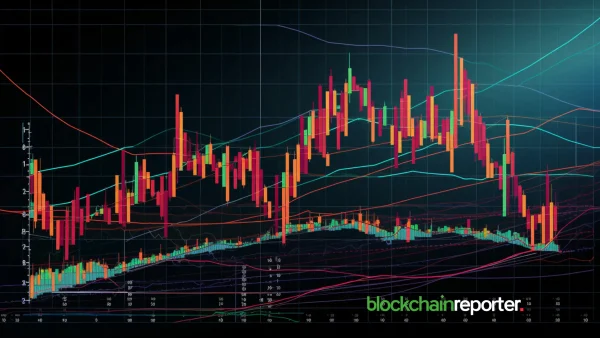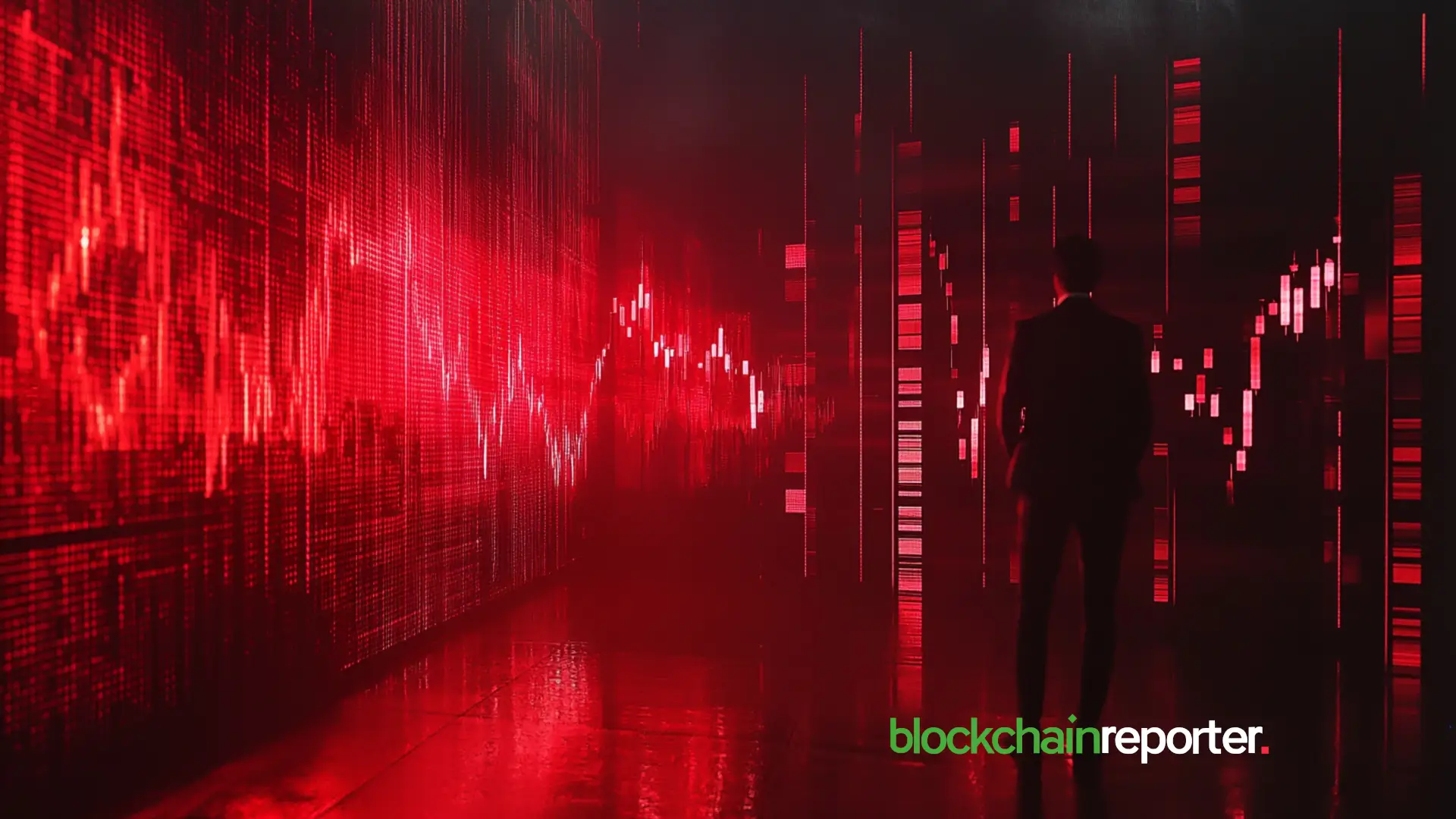
Introduction
Picture a new theme park opening with huge promises, with roller coasters, fireworks, and free food. You buy an expensive season pass before the grand opening. A week later, the park gates are locked, the rides never worked, and the owners have escaped from the town with all the ticket money. This is a rug pull in real life.
Scams and fraud abound in matters of money. For bad actors in any market, depriving others of their hard-earned money seems a shortcut to getting rich. In the cryptocurrency market, scams happen more frequently than they do in other markets. This is due to the decentralized nature of the market. Many projects have unknown people in the background who enter the market with the very intent of running with the customers’ funds.
What a Rug Pull Is?
A rug pull happens when the project creators suddenly withdraw all liquidity, abandon the project, leave the token worthless and investors hopeless. The term itself is suggestive. Someone abruptly drags the rug from under your feet, and you collapse. When you visit Coin Market Cap, you find many cases of rug pulls every day. On decentralized exchanges, it is easy for anyone to launch a project, advertise it on social media and attract investors. But in matters of hours or days, the project falls to zero and investors are left desolate.
Such scams started happening more frequently when the decentralized finance (DeFi) thrived in 2020. Launching a token on a decentralized exchange (DEX) became fast, easy, and was largely unregulated. With few to no checks in place, it was easy for bad actors to exploit the system and take advantage of naive investors.
Modus Operandi
Just as fraudulent activities are performed in a variety of ways in real life, there are several methods that are used to carry out a rug pull. These methods can be technical as well as non-technical.
1. Liquidity Pool Withdrawal
When a new project is launched, the creator creates a liquidity pool. Since the token is new and it has now inherent value, it has to be paired with a token that has already got established value. These tokens, mostly $ETH, $SOL, etc. are added by the creator to the liquidity pool, along with the new tokens. Let’s suppose the new token is $WOOD. Then token is paired with $ETH and 100 $ETH are added to the liquidity pool, along with 1,000,000 $WOOD. When someone buys $WOOD, new $ETH are added to the liquidity pool, increasing the value of $WOOD.
Imagine what might happen if the creator suddenly withdraws all $ETH, the initial tokens as well as the ones added by the buyers! Obviously, only $WOOD will remain in the pool. Since the new token draws its value from its pairing with $ETH, and since no $ETH is left in the pool, all $WOOD tokens are rendered worthless. A rug pull has taken place.
2. Manipulation through Smart Contract
The second technical type of rug pull originates from the manipulation of the very contract that controls the project. As is already mentioned, rug pulls mostly happen on decentralized exchanges. Selling and buying on these exchanges is different from centralized exchanges. You buy from someone and sell from someone on centralized exchanges as your transactions are subject to the order books. Transactions on decentralized exchanges happen automatically from liquidity pools run by a pre-programmed agreement: smart contract.
The rug pulls happening due to sudden withdrawals of liquidity may result from spontaneously arising bad intentions of project creators. But smart-contract-based rug pull are pre-planned, in fact planned right at the time of project designing. The creators may write in the code that people can only buy the tokens, but nobody can sell. It may be programmed that numberless tokens will be unleashed in the pool, creating inflation, bringing the price close to zero. Evil contracts may also shift assets from users’ wallets straight to the creators’ wallets.
3. Trapping through Social Media
A non-technical way to stage a rug pull is to build an environment of trust. Reliable influencers are found talking about the project, creating excitement and positive anticipation among investors. After the project is launched, either the designers increase the supply insanely, or disappear from the scene altogether. Owing to the high levels of trust, such rug pulls can happen even on centralized exchanges.
How to be Safe?
Anonymous teams
In the crypto world, staying anonymous is common, but when a project’s developers or founders give no real clue about who they are, it’s much harder to hold them responsible if things go wrong. This kind of secrecy makes it easier for dishonest teams to vanish with investors’ money.
No smart contract audit
A smart contract audit is like a safety check before the code goes live. It can reveal hidden flaws, weaknesses, or features that could be abused. When there’s no audit from a trusted security company, those risks stay buried. And if an “audit” comes from an obscure or suspicious firm, it’s not worth much.
Unlocked liquidity.
When a project’s liquidity isn’t locked and there’s no clear schedule for when the team can sell their own tokens, it’s easier for them to pull out the funds or flood the market without warning. Trustworthy projects usually lock liquidity and set token release periods for team members, often lasting from one to four years. It’s not a perfect safeguard, but it shows the team is serious about staying in the market for a long time.
Unrealistic promises
Watch out for projects that offer unbelievable profits or promise guaranteed returns. If they say they have the backing of big investors, companies, or celebrities, there should be real proof such as official announcements or publicly confirmed partnerships.
Conclusion
On the whole, a rug pull in the crypto market is not something uncommon these days. It implies a scam by the project creators to deprive investors of their investment. It can occur due to withdrawal of liquidity pool, manipulation of smart contracts and trapping through social media. It is always advisable to do your own research before investing in any token.
Frequently Asked Questions
What is a Rug Pull?
A rug pull happens when the project creators suddenly withdraw all liquidity, abandon the project, leave the token worthless and investors hopeless.
How to be Safe? – Anonymous teams
In the crypto world, staying anonymous is common, but when a project’s developers or founders give no real clue about who they are, it’s much harder to hold them responsible if things go wrong.
How to be Safe? – Unrealistic promises
Watch out for projects that offer unbelievable profits or promise guaranteed returns. If they say they have the backing of big investors, companies, or celebrities, there should be real proof such as official announcements or publicly confirmed partnerships.
